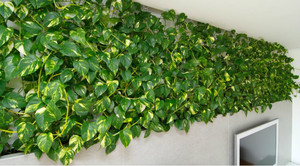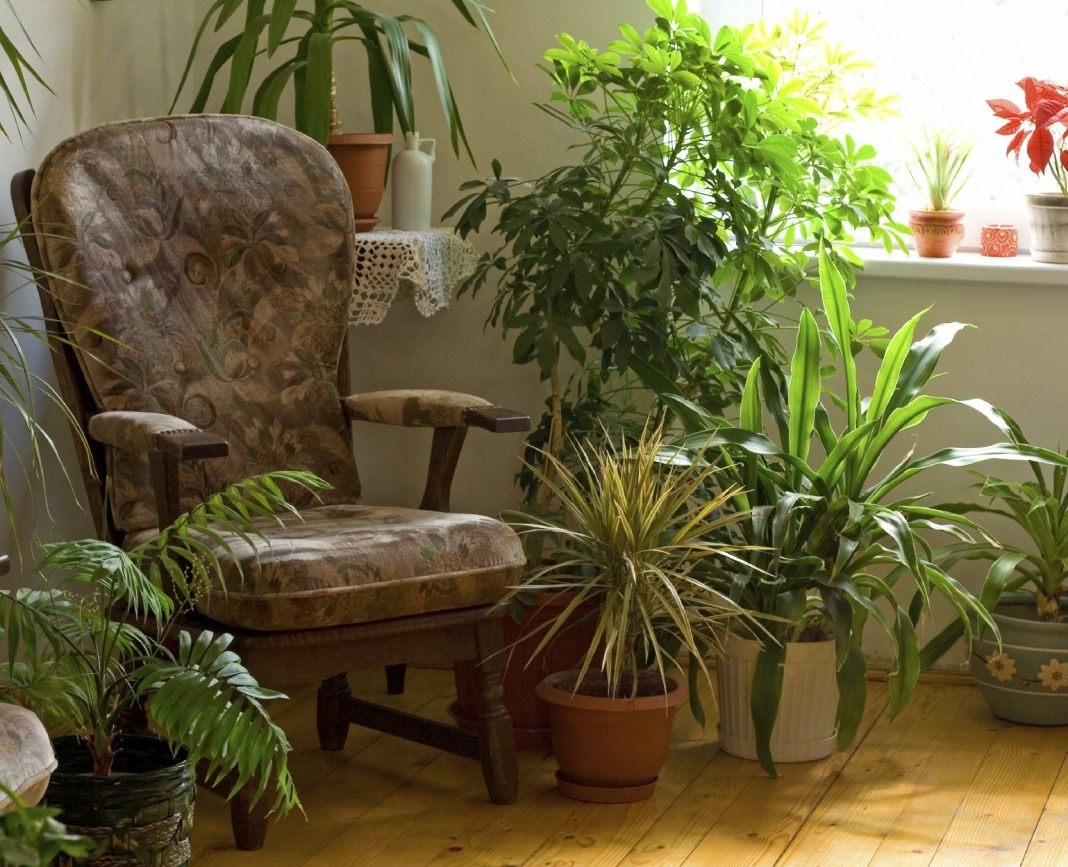 Over the past decades, the process of creating home comfort has been firmly associated with the greening of premises, often with the use of ornamental tropical plants that grow wildly with moderate care, even in indoor conditions. Increasingly, scindapsus (genus Scindapsus) - perennial, evergreen vines, which first appeared in the hot forests of Southeast Asia and are attributed to the Aroid family (Araceae).
Over the past decades, the process of creating home comfort has been firmly associated with the greening of premises, often with the use of ornamental tropical plants that grow wildly with moderate care, even in indoor conditions. Increasingly, scindapsus (genus Scindapsus) - perennial, evergreen vines, which first appeared in the hot forests of Southeast Asia and are attributed to the Aroid family (Araceae).
Rules for caring for scindapsus at home
Scindapsus is a rather unpretentious plant that does not need fertilizers and is loyal to poor lighting, which greatly simplifies home care. Nevertheless, it should be clearly understood that the listed properties of the scindapsus do not cancel the need for care as such..
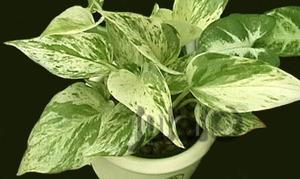 The room must maintain a normal room temperature, at least 15 0 C and not more than 25 0 C, without strong changes, in the air - adequate humidity (for this it is enough to spray the plant from a spray bottle at least and not more oftenthan once every couple of days in summer and once a week in winter), and a long stay in the shade may not affect the endurance of the scindapsus, but will affect the color of the leaves, making the expressive spotted pattern paler.
The room must maintain a normal room temperature, at least 15 0 C and not more than 25 0 C, without strong changes, in the air - adequate humidity (for this it is enough to spray the plant from a spray bottle at least and not more oftenthan once every couple of days in summer and once a week in winter), and a long stay in the shade may not affect the endurance of the scindapsus, but will affect the color of the leaves, making the expressive spotted pattern paler.
Just as in the case of caring for other house plants, one should not forget about the possibility of the appearance of pests that live off the body and in exchange bring diseases to it; for scindapsus, a spider mite is a danger.
Lovers of bright large inflorescences should know that in indoor conditions, scindapsus, as a rule, do not bloom, but this, however, does not prevent the plant from pleasing the look (silvery) - with a green range.
Room decor with scindapsus
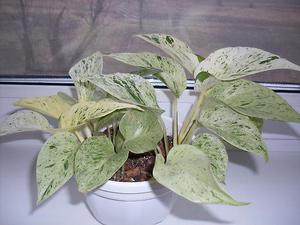 Scindapsus can be grown in different ways (photo below), depending on the interior features and the imagination of the plant owner. Usually this the vine is allowed to curl around a vertical support, which can serve as an ordinary pole, the leg of a floor lamp, or even the trunk of a small indoor tree, which creates the feeling of a real rainforest.
Scindapsus can be grown in different ways (photo below), depending on the interior features and the imagination of the plant owner. Usually this the vine is allowed to curl around a vertical support, which can serve as an ordinary pole, the leg of a floor lamp, or even the trunk of a small indoor tree, which creates the feeling of a real rainforest.
Often, the scindapsus is attached to a decorative lattice dug into the ground or nailed to the wall, as well as suspended as an ampelous plant in a light plastic pot, basket or vase, allowing long shoots to hang freely down, or simply put in a pot on a windowsill, unpretentiously spreading bright green foliage over a white surface.
Varieties of scindapsus for indoor cultivation
The most popular species for growing at home are Scindapsus painted (Scindapsus pictus), also known in the Russian tradition under the name Scindapsus spotted, and Scindapsus golden (Scindapsus aureus), previously belonging to the genus Scindapsus, but in the new classification already listed as Epipremnum golden (Epipremnum aureum). In addition to the species mentioned, the Siamese scindapsus is used as a room culture. The photos below illustrate the differences between these plants.
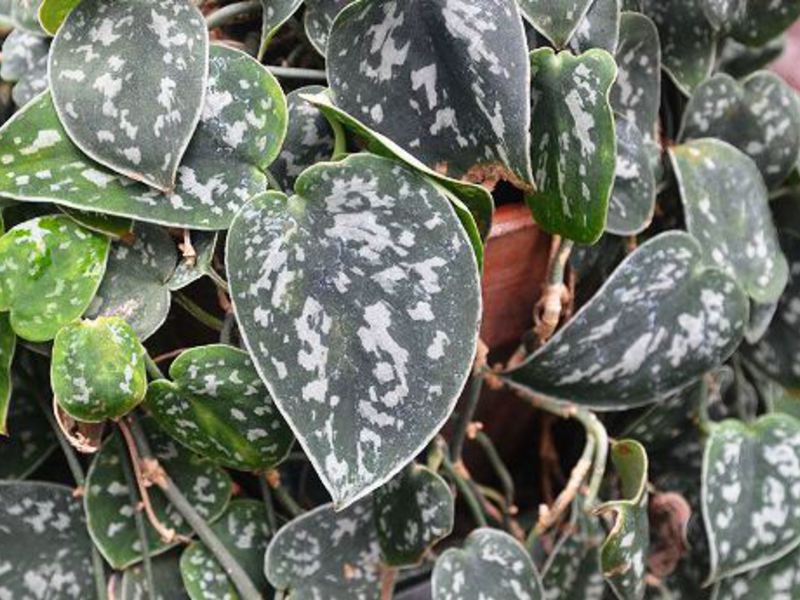
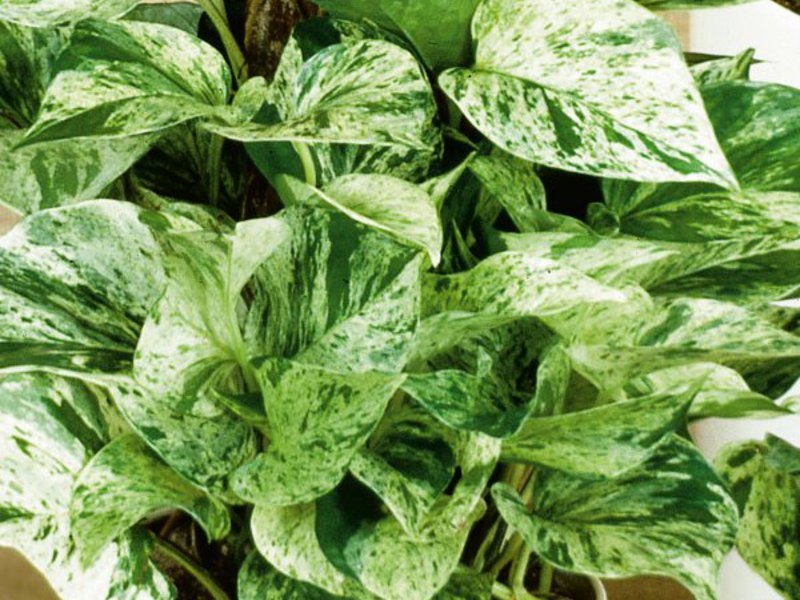
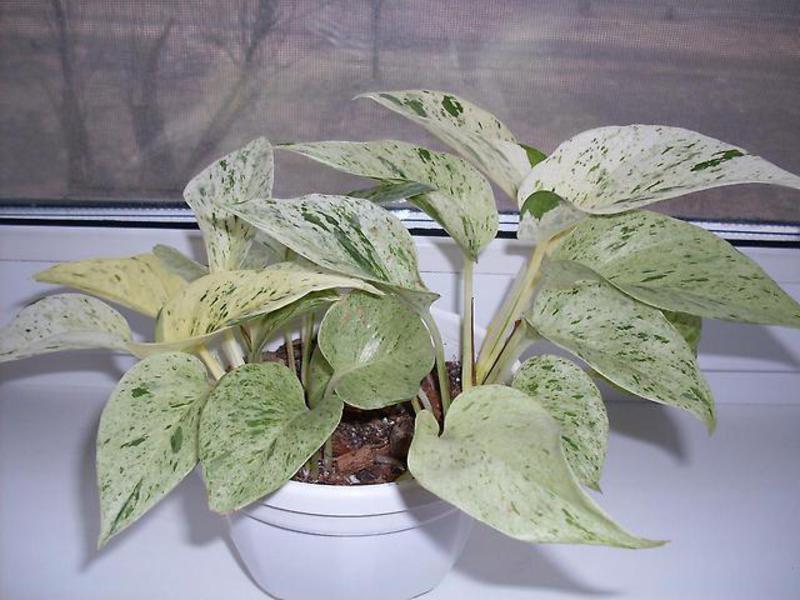
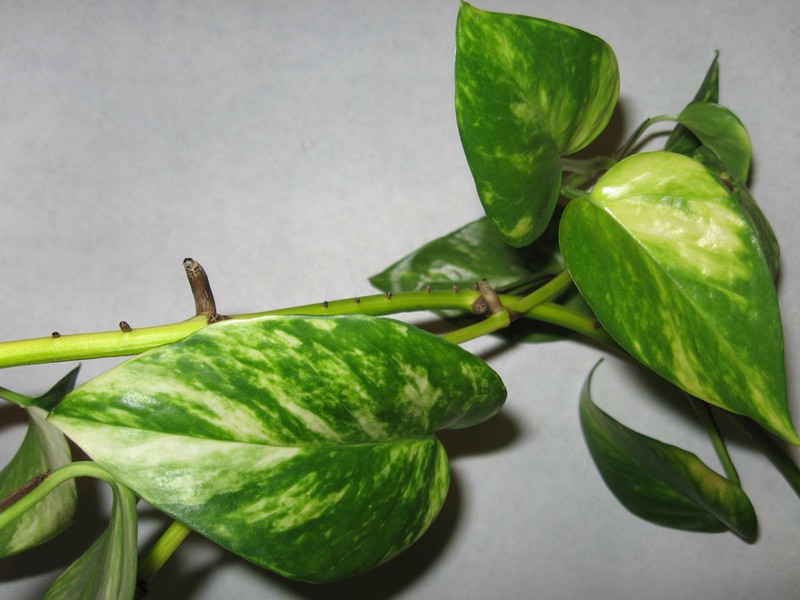
Scindapsus golden. Varieties
Scindapsus golden (see photo below) is the most common culture, a highly branching plant with long, tight petioles, which has large (from 20 to 50 cm in length and from 20 to 60 cm in width) leathery herbaceous green leaves, mottled with golden yellow stripes and spots of different (depending on the variety) color intensity. At the moment, the following varieties have been bred, among others:
- Golden pothos
- Marble queen
- Neon
"Golden Pothos" is distinguished by bright yellow spots on the leaves and is the most classic representative of the species; “Marble Queen” is a variety in which spots occupy such an area that most of the leaf turns out painted in a soft silvery-golden color (the best coloring is obtained if you put this scindapsus in a bright place, but not under the direct pressure of sunlight), only occasionally cut through with bright green; "Neon" - there are practically no spots, instead the entire leaf takes on a delicate lemon-green color, which darkens slightly as the plant grows.
From the genus of Epipremnum, to which this species began to belong, Epipremnum is also grown at home or in the office.Epipremnum pinnatum) and Epipremnum forest (Epipremnum silvaticum).
Varieties of painted scindapsus
Scindapsus painted - a tall, short-peaked liana with a warty (stronger with age) stem and angular dense leaves, characterized by a very rich dark green color, against which bright whitish-silvery spots are abundantly scattered small size. Leaves are usually 5 to 7 cm wide and 10 to 15 cm long. Such varieties of this plant are highly common as:
- "Exotica", broad, sweeping silver strokes prevail in the color of the leaves,
- "Scindapsus pictus argyaeus", a representative of the species with smaller leaves, losing in length but not in width, and torn, small white spots, unevenly distributed over a dark leaf.
